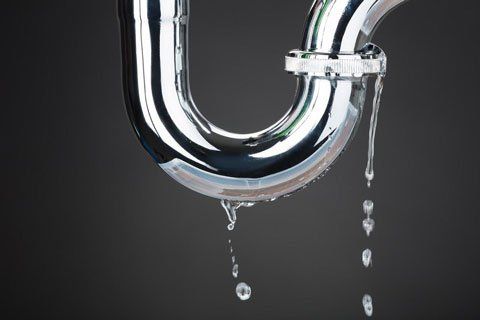Each person has got their private perception when it comes to Locating water leaks.

Early detection of leaking water lines can mitigate a possible disaster. Some small water leakages might not be visible.
1. Check Out the Water Meter
Inspecting it is a proven method that aids you discover leakages. If it relocates, that suggests a fast-moving leakage. This means you may have a slow leak that might also be underground.
2. Check Water Intake
Examine your water bills and also track your water consumption. As the one paying it, you ought to discover if there are any type of discrepancies. If you detect sudden changes, despite your usage being the same, it suggests that you have leakages in your plumbing system. Bear in mind, your water expense ought to drop under the exact same array monthly. A sudden spike in your bill indicates a fast-moving leak.
On the other hand, a consistent increase every month, even with the very same routines, shows you have a slow-moving leak that's additionally gradually escalating. Call a plumber to completely check your home, specifically if you really feel a cozy area on your floor with piping beneath.
3. Do a Food Coloring Examination
When it pertains to water consumption, 30% originates from commodes. Examination to see if they are running appropriately. Drop flecks of food shade in the container and wait 10 minutes. There's a leak in between the tank and bowl if the color in some way infiltrates your dish during that time without flushing.
4. Asses Outside Lines
Do not fail to remember to inspect your outside water lines as well. Ought to water seep out of the connection, you have a loosened rubber gasket. One little leakage can lose tons of water as well as spike your water expense.
5. Examine the situation as well as evaluate
Property owners must make it a habit to examine under the sink counters and also even inside cupboards for any type of bad odor or mold growth. These two red flags indicate a leakage so punctual focus is needed. Doing routine evaluations, even bi-annually, can save you from a significant trouble.
Examine for stainings and compromising as the majority of pipes as well as devices have a life expectations. If you think leaking water lines in your plumbing system, do not wait for it to rise.
Early discovery of dripping water lines can mitigate a prospective catastrophe. Some tiny water leakages may not be visible. Examining it is a guaranteed way that aids you find leaks. One small leak can squander lots of water as well as spike your water costs.
If you think dripping water lines in your plumbing system, don't wait for it to rise.
How to Know If Your Home Has a Hidden Leak
Water Meter Reveals Inexplicable Water Usage
If you’d like to test whether or not there’s a leak somewhere in your home, you can do this using your water meter. Here is how to conduct the test:
Don’t use any water in your home for at least 30 minutes; this also means not turning on faucets or water-using appliances.
Go outside, and check your water meter for activity.
If your water meter shows that there was activity, even though no one was using any water, this proves that there is a leak in your home.
Visible Mold or Mildew Growth
Leaks behind walls create moist, dark environments that allow mold and mildew to grow and thrive. Eventually, you might see mold growth forming on the wall closest to a hidden leak.
If mold is growing in an area that receives a high amount of moisture, such as a bathroom, it may simply be an indication that better ventilation is needed. However, if you see mold growth on a wall or the ceiling in an area where you would not expect, you probably have a hidden leak.
Musty, Mildew Odor
Sometimes you might not be able to see the mold or mildew that is growing as a result of a leak. However, the smell can give the problem away just as easily. If you catch a whiff of something musty, there’s a good chance that old water is collecting somewhere in your home that you can’t see.
Stained/Warped Walls, Ceilings, or Floors
When your home soaks up water, a variety of red flags can become visible, including ceiling stains, bubbling drywall, warped walls, and sagging floors. While these issues can be caused by excess humidity, they can also be signs that a pipe or plumbing connection has started leaking behind your walls.
Inexplicably High Water Bill
After a while, you get a general sense for what your water bill should be. If you own a pool or sprinkler system, your bill will tend to be higher during summer. However, if you receive a water bill that seems especially high, and you can’t figure out what caused it, then you may have a hidden leak somewhere that’s increasing your bill.
https://www.plumbingjoint.com/blog/2019/july/how-to-know-if-your-home-has-a-hidden-leak/

Do you enjoy reading about Hacks to detect leaks? Create a comment down below. We will be pleased to hear your views about this review. We are looking forward to see you back again soon. If you please take a moment to promote this content if you enjoyed reading it. Thank you for going through it.
Comments on “How to Locate as well as Fixing Water Leaks-- A Comprehensive Overview”